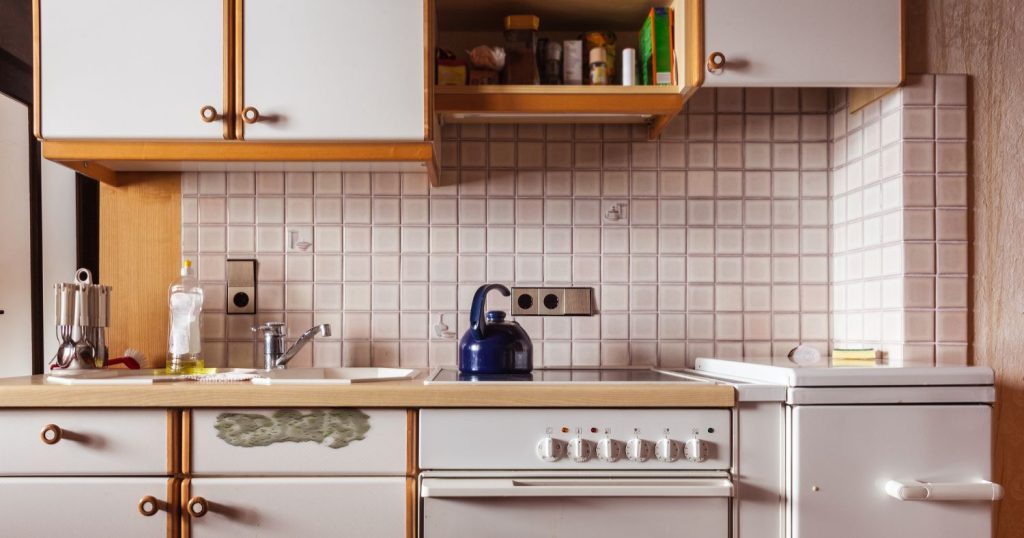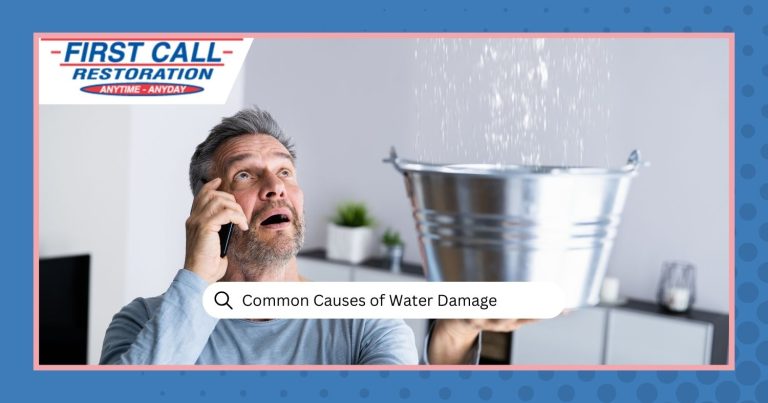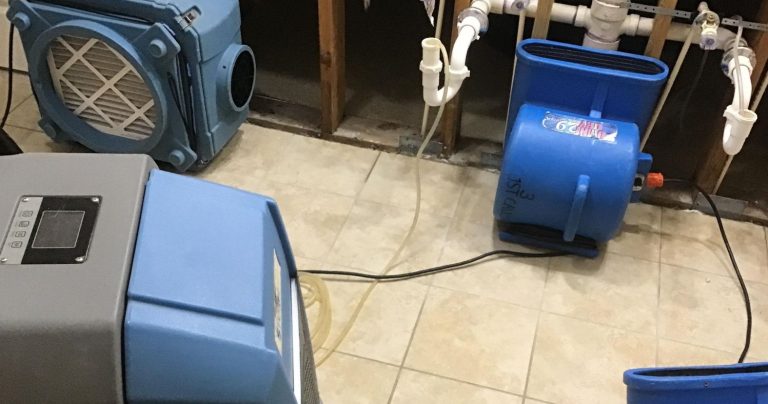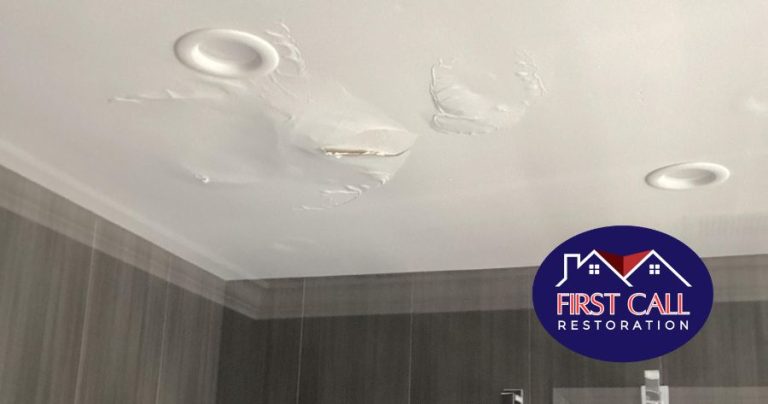Table of Contents
ToggleWater damage on kitchen cabinets can cause significant inconvenience and, if left untackled, lead to more serious issues. The impact of water damage on kitchen cabinets includes structural damage, mold growth, and take away from the kitchen’s aesthetic appeal. If you live in the area, water damage cleanup Hudson Valley services are readily available to help you tackle these issues with success.
Water Damage to Kitchen Cabinets
Water damage to kitchen cabinets occurs when moisture seeps into the wood or particleboard, causing it to warp, swell, or discolor. This can happen because of different reasons such as leaks from plumbing fixtures, spills, or high humidity levels. The consequences of water damage can make your cabinet doors and drawers difficult to close properly. If ignored, water damage can also lead to the growth of mold and mildew, bringing health risks to your family. Additionally, ignoring such damage can increase water damage repair costs down the line.
Assessing the Damage
Before you can fix water damaged kitchen cabinets, you need to assess the extent of the damage. Look for signs such as:
- Stains and Discoloration: These are often the first visible signs of water damage.
- Swelling and Warping: Check if the cabinet doors or drawers are difficult to open or close.
- Soft Spots: Press on the cabinet surfaces to feel for soft or spongy areas.
- Peeling Paint or Veneer: This indicates that water has penetrated the surface.
- Mold and Mildew: Dark spots or a musty smell indicate mold or mildew growth, which occurs when cabinets remain damp over time. This is a serious issue often resulting from hidden leaks or consistent humidity.
Identifying the source of the water damage is also crucial. Common sources include:
- Leaks from Sinks: Leaks from the sink plumbing can cause water to drip into the cabinet below, leading to water damage over time. This is often due to faulty pipes, loose connections, or worn-out seals.
- Leaks from Dishwashers: Dishwashers can leak if there are issues with the door seals, hoses, or connections. Water can seep into the surrounding cabinets, causing damage.
- Leaks from Pipes: Hidden leaks in the plumbing behind walls or under the floor can go unnoticed for a long time. This can lead to significant water damage to the cabinets and other structures in the kitchen.
- Spills: Frequent spills, especially if not cleaned up immediately, can cause water to seep into the cabinet surfaces and joints, leading to damage.
- Excessive Moisture in the Kitchen: High humidity levels or poor ventilation in the kitchen can cause moisture to accumulate. This can result in water damage to cabinets over time, especially in areas near sinks, stoves, or dishwashers.
Repairing Water Damaged Kitchen Cabinets
Now that you know where the water is coming from, you can take steps to fix the issue and prevent further damage.
Materials and Tools Needed
Before starting the repair process, gather the following materials:
- Fans
- Utility knife
- Sandpaper
- Wood filler or putty
- Water-resistant sealants
- Bleach
- Water
- Paint or stain
- Paintbrush or roller
- Screwdriver
- Replacement wood or particleboard (if needed)
- Dehumidifiers (if possible)
Steps to Repair Water Damaged Kitchen Cabinets
Here’s a detailed guide on how to fix water damaged cabinets:
- Dry Out the Cabinets: The first step is to dry out the cabinets completely. Open windows, and if possible, use fans and dehumidifiers to increase airflow and speed up the drying process. Make sure the area is well-ventilated. Wondering how long to run fans after water damage cleanup? Typically, fans should be run for at least 24 to 48 hours, depending on the extent of the damage.
- Remove Damaged Materials: If the cabinet bottom or any other parts are seriously damaged, you might need to remove and replace them. Use a utility knife to cut out damaged sections of wood or particleboard to repair water damaged cabinet bottom.
- Sand and Clean: Once the damaged materials are removed, sand down the remaining surfaces to smooth out any rough spots. Clean the area thoroughly to remove any mold or mildew. Use a mixture of water and bleach to disinfect the surfaces.
- Repair or Replace Components: For minor damages, you can use wood fillers or putty to repair small holes or cracks. For extensive damage, think about replacing the cabinet bottom or other affected components. When replacing parts, use water-resistant materials to prevent future issues.
- Reassemble and Finish: Once repairs are complete, reassemble the cabinets. If you remove any doors or drawers, reattach them and ensure they align properly. Finish by painting or staining the cabinets to match the rest of your kitchen.
Preventing Future Water Damage
Preventing future water damage to your kitchen cabinets involves regular maintenance and taking protective measures:
- Regular Maintenance: Inspect your kitchen regularly for any signs of leaks or moisture buildup. Fix any issues as soon as they arise.
- Protective Measures: Use water-resistant sealants on your cabinets, especially around areas prone to spills or leaks.
- Proper Ventilation: Ensure your kitchen is well-ventilated to reduce humidity levels. Use exhaust fans while cooking and open windows to allow fresh air in.
- Immediate Cleanup: Wipe up spills immediately to prevent moisture from seeping into the cabinets.
Professional Help with Serious Water Damage
In cases of severe cabinet water damage, such as extensive warping, mold growth, or structural instability, you should seek professional help. Professional water damage restoration contractors have the tools and expertise to handle severe damage effectively. In Hudson Valley, professional services are available to help you restore your kitchen to its former glory.
Contact First Call Restoration for Expert Solutions
When water damage strikes, it’s important to take quick action. If you cannot tackle the issues yourself, reach out to First Call Restoration. Our expertise in water damage cleanup in Hudson Valley ensures that your kitchen cabinets will be repaired and protected against future damage. Don’t let water damage disrupt your home, get expert help today!
